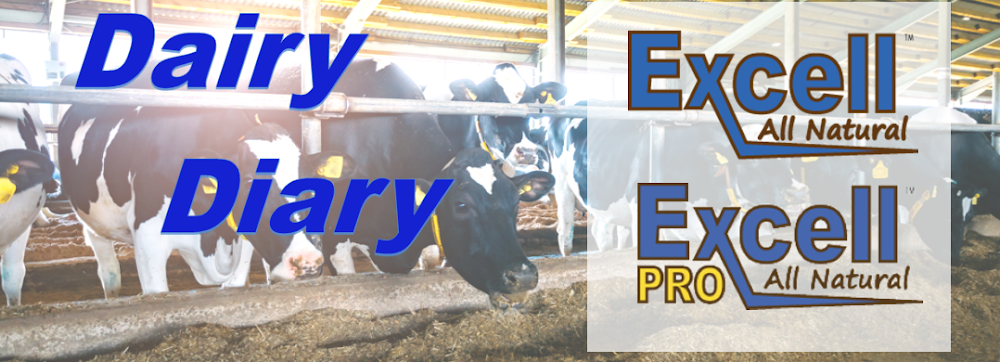Dairy producer margins improved in June, with milk margins over feed costs rising to $11.10 per cwt, up $0.70 from May. This improvement was driven by lower feed costs, thanks to favorable weather providing ample feed supplies. While futures markets project stronger margins for the second half of 2025, they remain below 2024 levels. Producers selling Class III milk face added challenges. Substantial cheese production and ongoing U.S.-China trade tensions are pressuring cheese and dry whey prices, pushing Class III milk prices lower.
Milk production in the U.S. saw significant growth in June 2025, increasing 3.4% year over year. This rise was fueled by recovery from Highly Pathogenic Avian Influenza (HPAI) impacts. Milk output per cow improved by 33 pounds compared to last year. (A more modest 15-pound-per-cow increase compared to June 2023 offers a realistic view of ongoing productivity gains.) The July milk production report also revealed that U.S. dairy cow culling has remained below the five-year average, leading to an aging herd. While concerns linger about declines in older cow productivity, well-managed cows can maintain consistent yields up to eight years of age.
U.S. dairy products have seen strong demand. Domestic consumption showed solid growth, with butter and cheese consumption rising 6% and 2% year over year, respectively. Cheese exports also reached record highs, up 34% from the previous year. Butter exports doubled in June 2025. These increases were driven by lower U.S. prices compared to Europe and Oceania, where heat waves and seasonal factors tightened supply and pushed prices upward. Total dairy product exports increased by 15% year over year, even with reduced trade with China weighing on whey sales.
Profitability
Dairy: Slightly profitable - Neutral 12-month outlook
Dairy margins have improved over the past year due to expanded processing capacity, stronger milk prices and lower feed costs, but reforms to milk pricing formulas are likely to hurt prices received by western dairies.





